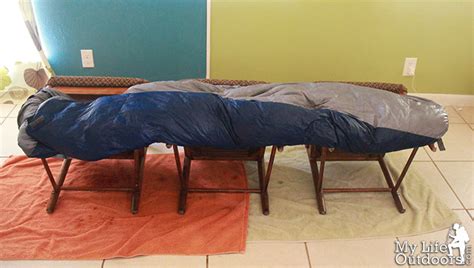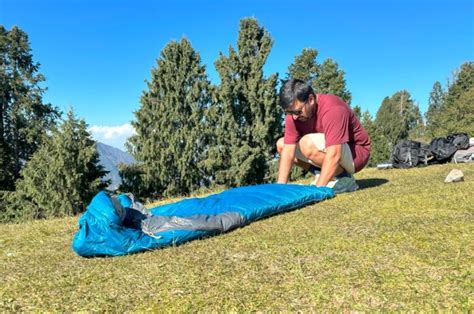The Art of Preserving Your Down Sleeping Bag’s Loft
Your down sleeping bag is a significant investment in comfort and warmth for your outdoor adventures. Unlike many other pieces of gear, its performance is directly tied to the integrity of its down insulation. Improper storage can lead to clumped down, reduced loft, mildew, and a significant decrease in its insulating capabilities, effectively shortening its lifespan and diminishing its value.
Understanding and implementing proper storage techniques isn’t just about being tidy; it’s about preserving the very essence of what makes a down bag so effective: its ability to trap warm air. By following a few key principles, you can ensure your beloved bag remains lofty, fresh, and ready for countless more nights under the stars.

Step-by-Step Guide to Optimal Storage
1. Clean Your Bag Thoroughly
Before putting your sleeping bag away for an extended period, it’s crucial to ensure it’s clean. Body oils, sweat, dirt, and camp grime can break down the down’s natural loft over time. For minor dirt, spot cleaning with a damp cloth and mild soap is often sufficient. If your bag is heavily soiled or has lost some loft, a full wash might be necessary. Use a down-specific cleaner and follow the manufacturer’s washing instructions carefully, typically in a front-loading washing machine on a gentle cycle.
2. Ensure Complete Dryness
This is perhaps the most critical step. Any residual moisture in your down sleeping bag will inevitably lead to mildew, mold, and a foul odor, which can permanently damage the down and fabric. After washing, tumble dry on the lowest heat setting with a few clean tennis balls to help break up down clumps and restore loft. This process can take several hours, and it’s essential to check for any damp spots repeatedly. Air drying in a well-ventilated area, gently fluffing every few hours, is also an option, but ensure it’s bone dry before proceeding.

3. Opt for Loose Storage
Never store your down sleeping bag compressed in its small stuff sack for long periods. Compression crushes the delicate down clusters, reducing their ability to loft and trap air, thereby decreasing insulation. Instead, use a large mesh or cotton storage sack (often provided with the bag) or even an old pillowcase. This allows the down to remain fully expanded, maintaining its loft and insulating power. If you don’t have a storage sack, simply lay it flat under a bed or hang it loosely in a closet.

4. Choose the Right Storage Environment
The ideal storage location for your down sleeping bag is cool, dry, and dark. Avoid humid basements where mold can thrive, hot attics where high temperatures can degrade fabrics and down, and areas with direct sunlight which can damage the shell material. A closet, under a bed, or in a large container in a spare room are excellent choices. Ensure the area is free from pests that might damage the fabric or down.

5. Occasional Fluffing and Airing
Even in loose storage, it’s beneficial to periodically take your bag out, give it a gentle shake, and allow it to air out for a few hours. This helps redistribute the down, prevents any minor clumping, and keeps it fresh. If you notice any faint odors, a brief airing outside on a dry, sunny (but not scorching hot) day can work wonders, just avoid prolonged direct sun exposure.

Why Proper Storage Matters for Longevity
By investing a little time and effort into properly storing your down sleeping bag, you’re not just maintaining a piece of gear; you’re preserving its core functionality and extending its life. A well-cared-for down bag will continue to provide optimal warmth and comfort for many years, saving you money in the long run and ensuring you’re always ready for your next adventure.
Remember, the goal is to keep the down lofty, clean, and dry. Follow these guidelines, and your down sleeping bag will remain a reliable companion on countless future expeditions.




